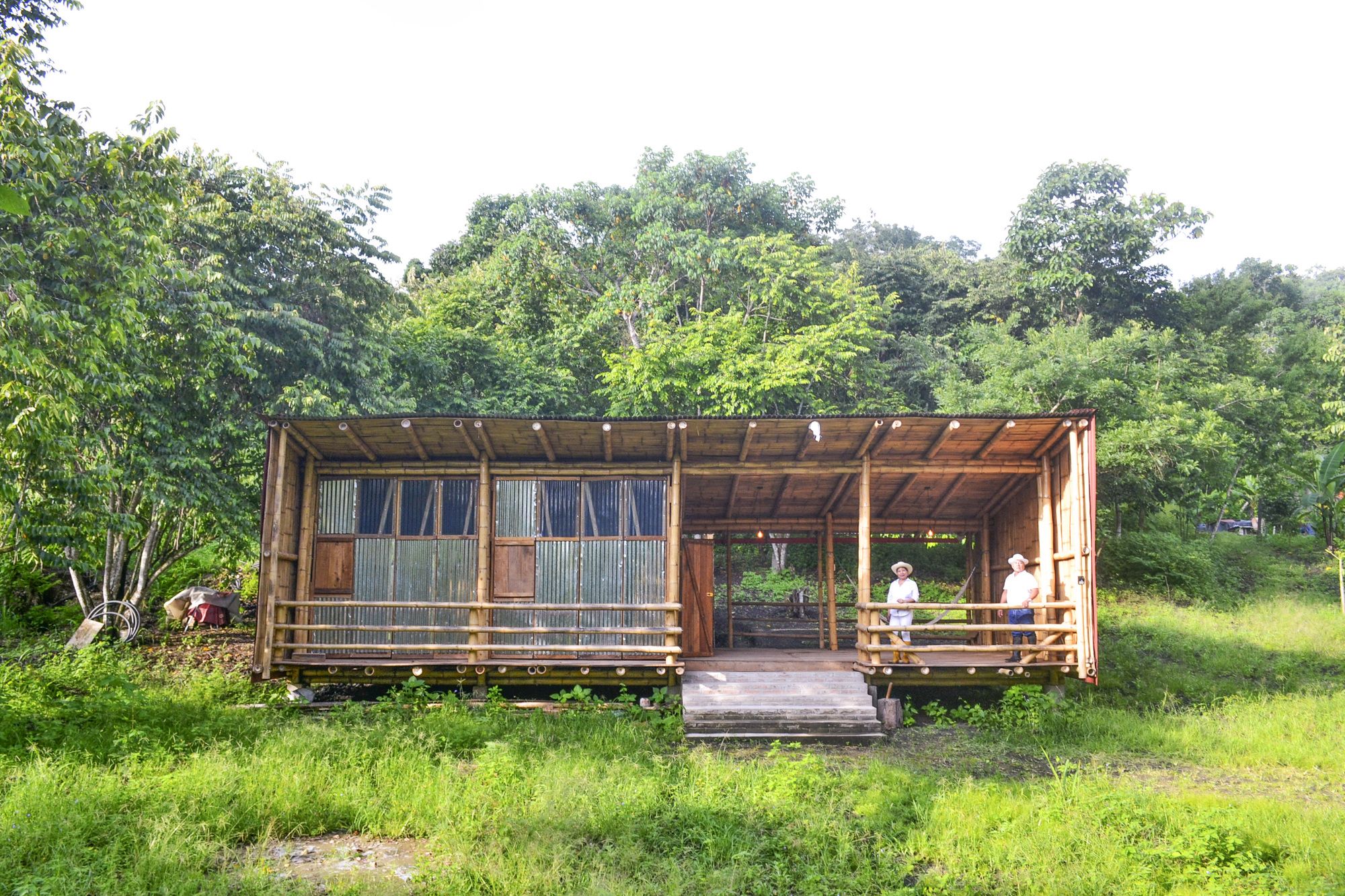Atardeceres House / Fabrica Nativa Arquitectura
+ 17
Engineering: Emilio Xavier Solis Orellana
Collaborators: Emilio Solis, Nelly Orellana
City: Jipijapa
Country: Ecuador
Did you collaborate on this project?
More Specs
Less Specs
Text description provided by the architects. Atardeceres House intertwines daily life, nature, and rediscovering opportunities within its context. It is located in the Manabí province, in the rural area of the San Lorenzo de Jipijapa cantonal head on the Ecuadorian coast.
The yellow land sector develops between protected and production areas. It has agricultural lots with a minimum area of 1 ha, and different families have various crops such as coffee, plantains, corn, and cocoa, among others. They also raise animals such as chickens, pigs, etc. These activities coexist with wildlife such as guacharacas, guatusos, armadillos, guantas, tigrillos, and snakes which are very characteristic of the presence of mountains.
In analyzing the context, areas where "caña brava" (a bamboo used for construction) is produced were identified at a distance of 1 km. The distance from the city's urban boundary to the house is approximately 3 km, which takes about 45 minutes to walk.
A strategy is defined that dialogues with the environment, the location's conditions, and its users. 1. Identify available resources for construction such as wood, bamboo, and recycled elements. 2. Work with local labor, understanding construction traditions and contributing to learning new techniques. 3. Progressive, the house has the possibility of growing over time supported by a structure built from the beginning. 4. The architectural program defines the necessary basic spaces: sleeping, cooking, cleaning, and living. 5. Manage wastewater through biodigester and infiltration fields; organic waste is transformed into compost. 6. Provide energy through an accessible photovoltaic system. 7. The cost of the intervention needs to be subject to government loans.
The design initially proposes three options: 36m2, 66m2, and 132m2; the analysis determined that the ideal option was the 66 m2, which accommodates families of four or more inhabitants, meets the conditions and does not exceed the initial range.
Four modules measuring 3.00m by 5.40m are constructed in treated roll bamboo, matting, and lath. They are joined together by screws, threaded rods, and nuts. The wet areas are located in the central module to facilitate flexible growth in the future. The house is elevated to dialogue with the humidity and heat of winter, takes advantage of the views, and opens up to the landscape. Its envelope is composed of recycled sheets with a base of matting.
Source: ArchDaily


